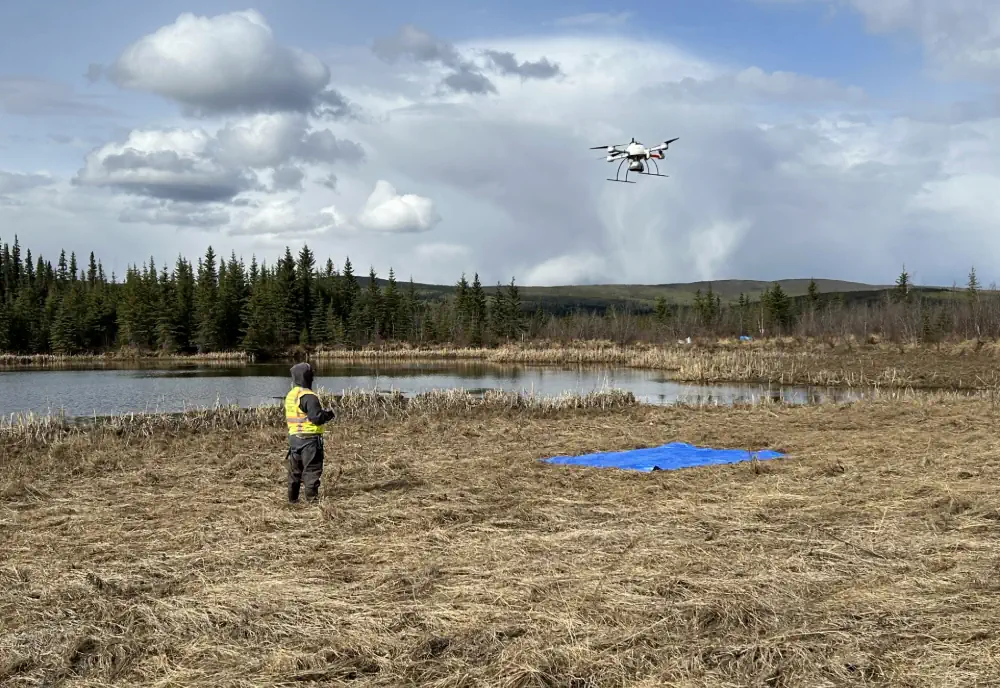A research initiative, funded by NASA and the Army Corps of Engineers, is underway to study permafrost thaw in Alaska and its significant impacts on the environment. This project aims to understand the landforms created by thawing permafrost, how it affects methane emissions and whether the rate of permafrost thaw is accelerating.
Leading this research is Timothy Dixon, a professor in the School of Geosciences. Research effort includes USF graduate students Robert Van Alphen and Taha Sadeghi Chorsi, as well as post-doc Jason Shabaga and his advisor Merritt Turetsky at the University of Colorado, Boulder. While remote sensing data has revealed that Earth’s major ice reservoirs—such as sea ice, glaciers, and the ice sheets of Greenland and Antarctica—are losing ice mass at an accelerating rate, the fate of permafrost remains uncertain. This uncertainty arises because permafrost is typically obscured by a thick layer of vegetation, making it challenging to monitor from space.
Permafrost is a big interest in climate modeling due to its potential to release large quantities of methane, a potent greenhouse gas. This release could create a positive feedback in climate change: a small amount of warming could release methane, accelerating warming and causing more permafrost thaw and methane release.
The research team is utilizing two types of sensors, lidar and radar, to gather data. One of the key sites for this research is Big Trail Lake, a thermokarst lake and a well-studied methane emitter.
